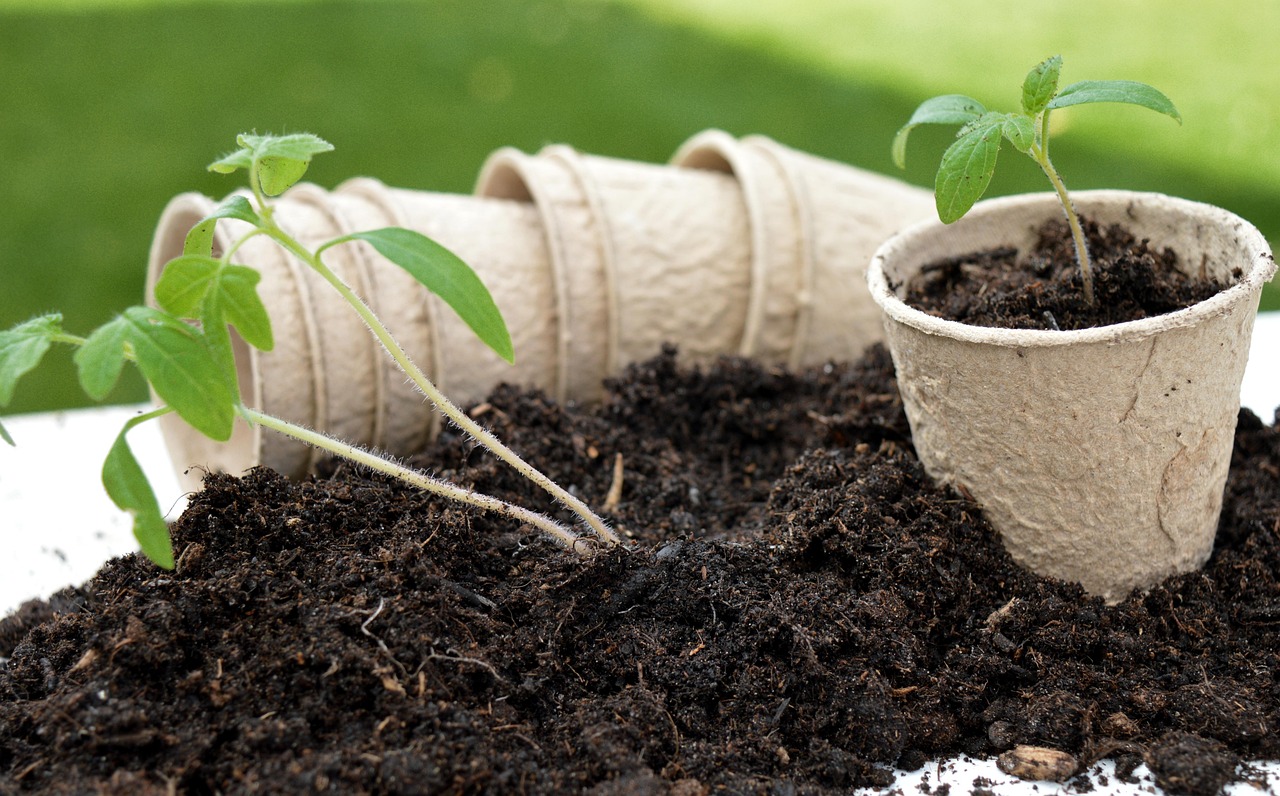Starting Vegetable Seeds for Transplants in Arkansas
 SEARCY, Ark. — Growing vegetables from seed and transplanting them into your garden
is a great way to get a head start on the season. Arkansas has a diverse climate,
so timing and proper care are essential. Follow these tips to successfully start and
transplant your vegetable seedlings.
SEARCY, Ark. — Growing vegetables from seed and transplanting them into your garden
is a great way to get a head start on the season. Arkansas has a diverse climate,
so timing and proper care are essential. Follow these tips to successfully start and
transplant your vegetable seedlings.
- Choosing the Right Vegetables for Transplants
Some vegetables are better suited for transplanting than others. The best candidates for transplanting include:
- Tomatoes (e.g., Roma, Beefsteak, Cherry)
- Peppers (e.g., Bell, Jalapeño, Banana)
- Eggplant (e.g., Black Beauty, Japanese)
- Broccoli (e.g., Calabrese, Green Magic)
- Cabbage (e.g., Green, Red, Savoy)
- Cauliflower (e.g., Snowball, Cheddar)
- Lettuce (e.g., Romaine, Butterhead, Iceberg)
- Onions (from seed or sets; e.g., Yellow, Red, White)
Root crops like carrots, radishes, and beets are best direct-seeded into the garden rather than transplanted.
- Timing Your Seed Starting
Arkansas has different frost dates depending on location. Use these guidelines for starting seeds indoors:
|
Vegetable |
Start Indoors (Weeks Before Last Frost) |
Transplant Time |
|
Tomatoes |
6–8 weeks |
After last frost (55°F soil temp) |
|
Peppers |
8–10 weeks |
After last frost (warm soil) |
|
Eggplant |
6–8 weeks |
After last frost |
|
Broccoli |
6–8 weeks |
2–4 weeks before last frost |
|
Cabbage |
6–8 weeks |
3–4 weeks before last frost |
|
Lettuce |
4–6 weeks |
3–4 weeks before last frost |
The last frost date in Arkansas ranges from mid-March to mid-April, depending on location. In White County, Arkansas, the average last spring frost typically occurs between late March and early April. For example, in nearby Little Rock, the average last frost date is around April 3.
It's important to note that these dates are averages, and actual frost dates can vary each year. To minimize the risk of frost damage, consider planting tender vegetables and flowers a week or two after the average last frost date.
Keep in mind that local microclimates, such as elevation and proximity to bodies of water, can influence frost dates. Monitoring local weather forecasts during the planting season can provide additional guidance.
- Selecting Containers & Soil
- Use seed trays, peat pots, or recycled containers with drainage holes.
- Fill with a light, well-draining seed-starting mix (not regular garden soil).
- Moisten the soil before planting seeds.
- Providing Proper Germination Conditions
- Most vegetable seeds germinate best at 65–75°F.
- Use a heat mat if needed to maintain warmth.
- Cover trays with plastic domes or plastic wrap to retain moisture until germination.
- Light Requirements
- Place seedlings under grow lights for 12–16 hours per day.
- Keep lights 2–3 inches above seedlings to prevent leggy growth.
- If using a sunny window, rotate plants regularly.
- Watering & Fertilization
- Keep soil moist but not soggy.
- Mist or bottom-water seedlings to avoid disturbing delicate roots.
- Once seedlings develop their first true leaves, feed with a diluted liquid fertilizer (half-strength).
- Hardening Off Before Transplanting
- Start 7–10 days before transplanting.
- Gradually expose seedlings to outdoor conditions for a few hours a day, increasing daily.
- Avoid harsh sun and wind initially.
- Transplant on a cloudy day or in the evening to reduce transplant shock.
- Transplanting into the Garden
- Choose a well-draining, fertile garden bed with at least 6 hours of sunlight.
- Water seedlings before transplanting to reduce stress.
- Dig holes slightly larger than the root ball.
- Space plants according to recommendations (e.g., tomatoes need 18–24 inches apart).
- Water well after planting and mulch to retain moisture.
By following these steps, you'll give your vegetable seedlings the best start and ensure a productive growing season in Arkansas!
By Sherri Sanders
County Extension Agent - Agriculture
The Cooperative Extension Service
U of A System Division of Agriculture
Media Contact: Sherri Sanders
County Extension Agent - Agriculture
U of A Division of Agriculture
Cooperative Extension Service
2400 Old Searcy Landing Road Searcy AR 72143
(501) 268-5394
ssanders@uada.edu
The Arkansas Cooperative Extension Service is an equal opportunity institution. If
you require a reasonable accommodation to participate or need materials in another
format, please contact your County Extension office (or other appropriate office)
as soon as possible. Dial 711 for Arkansas Relay.
Pursuant to 7 CFR § 15.3, the University of Arkansas System Division of Agriculture
offers all its Extension and Research programs and services (including employment)
without regard to race, color, sex, national origin, religion, age, disability, marital
or veteran status, genetic information, sexual preference, pregnancy or any other
legally protected status, and is an equal opportunity institution.